Structure of Amino Acid
Amino acids are organic compounds that are a combination of both amino and carboxylic acid functional groups. Amino acids combine to form proteins. Amino acids are ampholytes, i.e., they contain both acidic and basic functional groups. There are mainly two types of amino acids: Alpha-amino acids and beta-amino acids. In most context, the term ''amino acids'' refer to Alpha-amino acids. With the exception of glycine, all alpha-amino acids are chiral molecules, i.e., four different substituents are attached to the alpha carbon.
Properties of Amino Acids:
Physical properties:
- Most amino acids are soluble in water but insoluble in organic solvents.
- Amino acids are either sweet or tasteless.
- They melt at high temperatures.
- Generally, amino acids consist of two functional groups: carboxylic and amino.
- Amino acids are crystalline and colorless solids.
- Except for Glycine, all amino acids are optically active.
- At very high temperatures, amino acids decompose.
Chemical properties:
- Zwitterionic property: zwitterion is a molecule with a pair of oppositely charged
function groups. The net charge of the molecules is zero.
- Amphoteric property: Amino acids are amphoteric in nature; they are both
acidic and basic.
Sources of Amino Acids
Amino acids play a vital role in the biological and chemical functioning of different body parts, like- building and repairing the tissues, food digestion, the transportation of molecules, and functions of enzymes. Our body can synthesize only certain types of amino acids. The human body requires amino acids to make structural protein.
Dietary Sources of Amino Acids:
- Eggs: Eggs are an excellent source of protein. Amino acid lysine is found in eggs. Apart from eggs, soya and pumpkin seeds also contain lysine.
- Turkey: Turkey contains a high amount of Tryptophan also helps produce serotonin, which affects mood and contributes to a feeling of happiness and relaxation. Foods like wheat, gram, chicken, etc., contain tryptophan.
- Mushroom: Mushroom contains 17 amino acids; all are essential amino acids. Mushroom helps to overcome lysine deficiency.
- Fish: Fishes contain essential amino acids and other critical micronutrients. Salmon fish is high in amino acids and omega 3s.
- Legumes: legumes are a rich source of high-quality protein. Legumes contain lysine amino acids. Legumes include chickpeas, beans, lentils, soya beans, etc.
- Cotton cheese: Cotton cheese contains different amino acids, including threonine and trophyphan.
Note: Omega 3S is a fatty acid good for the heart.
Roles that Amino Acids Play
- Enhanced athletic performances: Athletes commonly use leucine, isoleucine, and valine to improve performance. Amino acids metabolize in body muscles to provide extra energy during exercise.
- Reduce muscle breakdown: Taking amino acid supplements during recovery reduces muscle damage.
- Improve liver function: Branched-chain amino acids can improve liver functioning.
Structure:
Some other examples of food containing amino acids are broccoli, grapes, dry fruits, onion, soybean, figs, melons, papaya, carrots, chia seeds, pork, oats, etc. There are some amino acids that are body cannot synthesize and are obtained only through a protein-rich diet.
Our body requires 20 different types of amino acids. These amino acids combine in different ways to make protein in the body. Out of 20 amino acids, nine are essential, and 11 are non-essential.
All amino acids have the same basic structure. At the center of each amino acid is a carbon atom known as the alpha carbon. Four groups are attached to the alpha carbon-a hydrogen, an alpha carboxyl, an amino group, and an R-group. These groups are also known as side chains. The alpha carbon, alpha carboxyl, and amino group are common to all amino acids; therefore, the R group is the only unique feature. The structure of amino acids can be divided into the following different parts:
1. Amino group (NH3):
This basic functional group consists of two hydrogen atoms and a nitrogen atom bonded to an alpha-carbon atom. It is often referred to as the "amino" part of the amino acid.
2. Carboxyl group (COOH):
This is an acidic functional group consisting of a carbon atom, two oxygen atoms, and a hydrogen atom bonded to an alpha-carbon atom. It is often referred to as the "carboxylic" part of the amino acid.
3. Hydrogen atom (H):
Alpha carbon is often bonded to a single hydrogen atom.
4. R group (side chain)
This is the variable part of the amino acid structure that differentiates one amino acid from the other amino acids. R group can be a single hydrogen atom or a complex arrangement of atoms that gives each amino acid a distinct structure and chemical properties.
Essential Amino Acids:
Amino acids which are not synthesized by our bodies are known as essential amino acids. Our body gets these amino acids from the food we intake. Following are nine essential amino acids.
- Histidine: Histidine helps in the production of the neurotransmitter histamine. Histamine also plays a vital role in digestion, sexual function, slip-away cycles, etc. Histamine maintains and protects myeline's sheath and nerve cells, respectively.
- Leucine: Critical for protein synthesis and muscle repair. Leucine helps the body to make protein and growth hormones. Leucine helps in wound healing and regulates blood sugar levels.
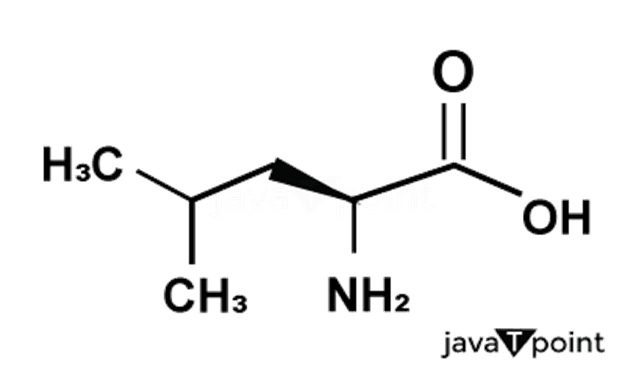
- Lysine: lysine plays a significant role in protein synthesis, muscle repair, regulation of blood sugar levels, and production of growth hormone.
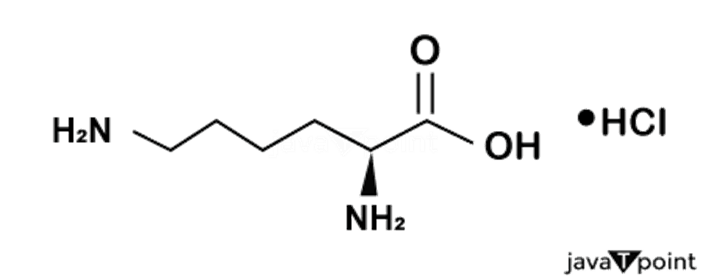
- Methionine: Methionine is important in many bodily functions, like tissue growth, metabolism, and detoxification.
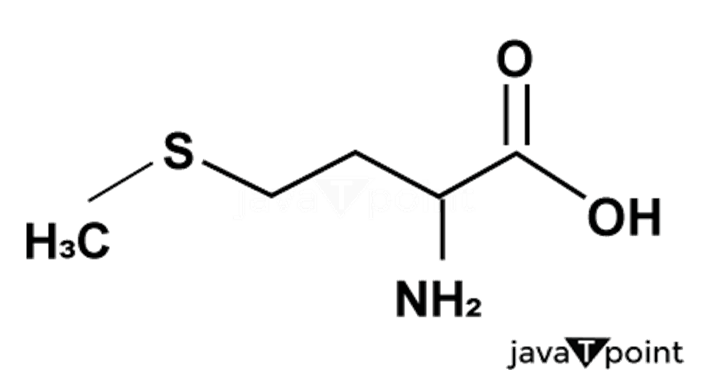
- Phenylalanine: The human body uses phenylalanine to produce the neurotransmitter tyrosine, dopamine epinephrine, and norepinephrine. It plays a role in the structure and functioning of the protein.
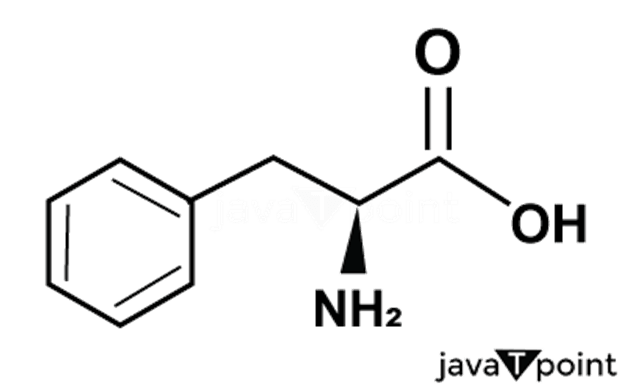
- Threonine: Threonine is a principal part of the structural protein collagen and elastin. Collagen and elastin provide structure to skin and connective tissue.
- Tryptophan: Maintains correct nitrogen balance. Tryptophan is often associated with side effects like drowsiness, stomach pain, vomiting, diarrhea, head ach, blue vision, etc.
- Valine: It is involved in muscle growth, tissue regeneration, and making energy.
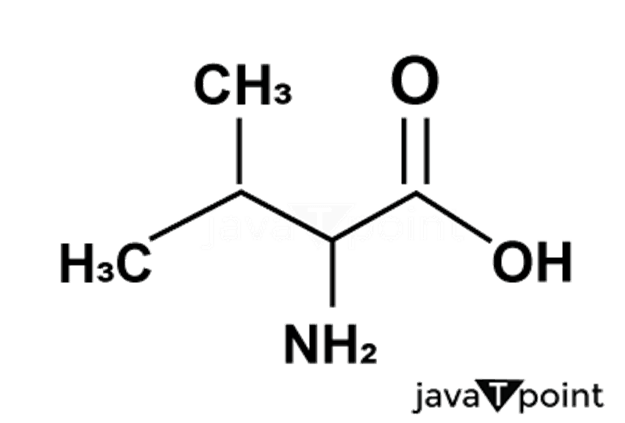
Non-essential Amino Acids:
An amino acid that is synthesized by the human body and need not be maintained from a daily diet. 11 types of non-essential amino acids are-
- Glutamine: the most abundant amino acid in human plasma. Amino acid is consumed by the cancer cells glutamine amino acids as the ability to provide both carbon and nitrogen. The uptake of glutamine is significantly increased in tumor cells.
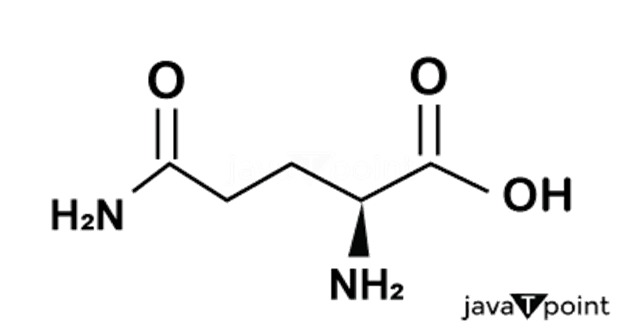
- Glutamate: Unlike glutamine, glutamate is not present in high concentrations in human plasma; neither cancer cells have significant quantity uptake of glutamate. Glutamate is derived from branch amino acids.
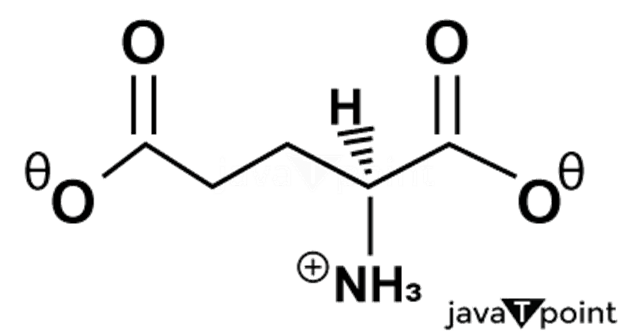
- Serine: Serine is another nonessential amino acid that plays a vital role in Cancer metabolism. Serine is a critical Donor of methyl group for Carbon metabolism (one carbon).
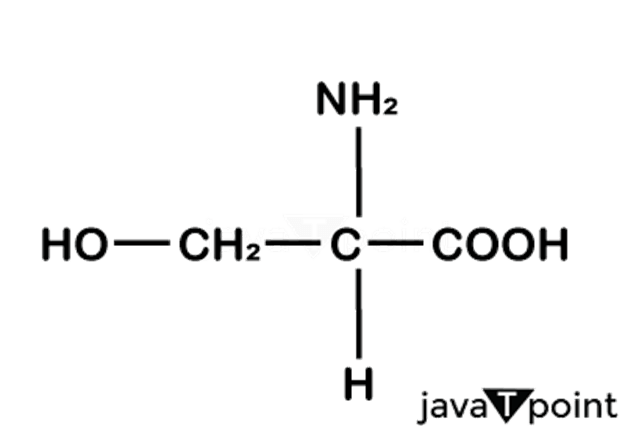
- Glycine: Glycine is the most important and simple, non-essential amino acid in the human body. Generally, glycine is biosynthesized in the body from amino acid serine. Apart from serine it can also be synthesized from choline, hydroxyproline and threonine. Glycine can be found in almost all brain areas. It acts as a neurotransmitter in the central nervous system.
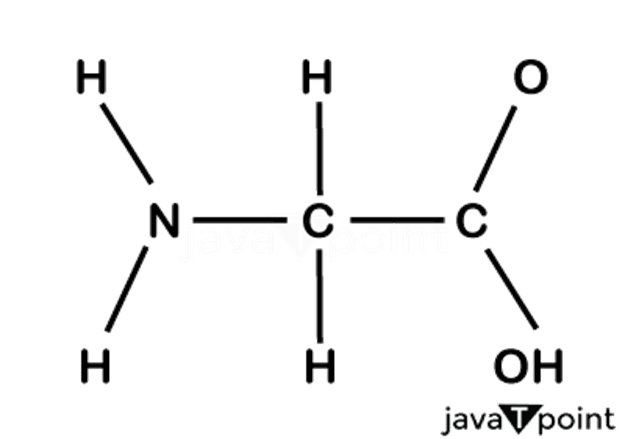
- Aspartate: Aspartate is generated from oscaloacitate and glutamate-derived nitrogen. Aspartate is essential for synthesizing purine and pyrimidine nucleotides. Aspartate promotes biosynthesis and cellular survival. It is also known as Aspartate acid. Aspartate is mainly found in avocado sugar beets; aspartic acid was isolated from legumes in plant seeds. This amino acid is obtained as the product of hydrolysis of protein.
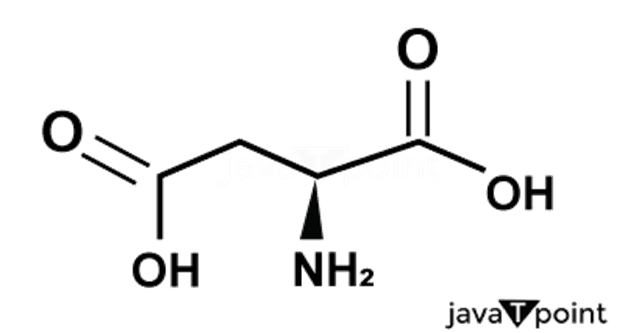
- Asparagine: Asparagine is a non-essential amino acid used in protein synthesis. Asparagine can be obtained from plant sources- whole grains, Soy nuts, legumes, and potatoes, and animal sources like beef, eggs, fish, poultry, and dairy products. Aspiration helps to control the activities of the brain.
- Alanine: Alanine is produced from pyruvate by transamination. It is an important survival signal in pancreatic Cancer. Alaine has a white powder-like appearance.
- Cysteine: Cysteine is a crystalline sulfur-containing amino acid formed from two cysteine molecules. Cysteine is present in skeletal connective tissue hair, Horn, and wool.
- Arginine: Arginine is a component of the urea cycle, a metabolic pathway that converts the toxic metabolic products Ammonia to urea. Cell division wound healing, removing Ammonia from the body's immune function, and releasing hormones are vital roles of arginine.
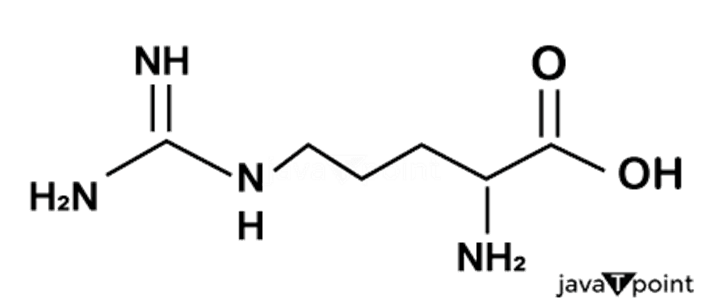
- Proline: Proline is mainly found in cartilage. Proline helps maintain youthful skin and repair muscle connective tissue and skin damage. Proline is unique among the proteinogenic amino acids for its cyclic shape.
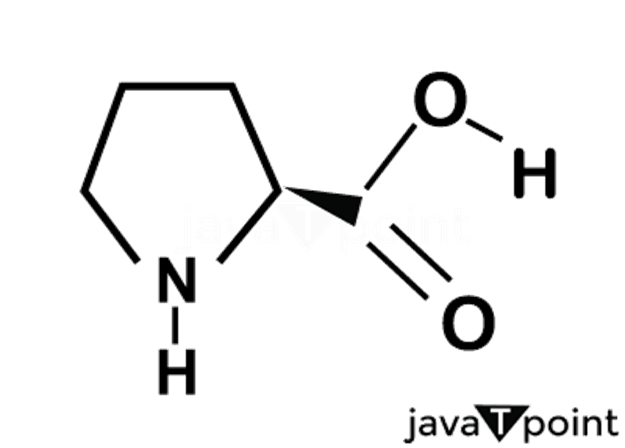
- Tyrosine: Tyrosine amino acid is synthesized in the body from phenylalanine. Tyrosine helps to overcome stress and sleep deprivation. Tyrosine is essential for thyroid function. Thyroxine (T4) is a type of thyroid hormone produced through the iodination of tyrosine.
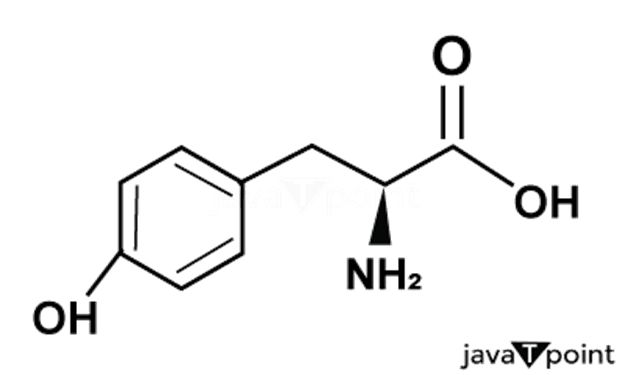
The Chemical Formula for Amino Acid:
Essential Amino Acids
| Histidine |
C6H10N2O3 |
| Isoleucine |
C6H13NO2 |
| Leucine |
C6H13NO2 |
| Lysine |
C6H13NO2 |
| Methionine |
C5H14N2O2 |
| Phenylalanine |
C9H11NO2 |
| Threonine |
C4H9NO3 |
| Tryptophan |
C4H12N2O2 |
| Valine |
C5H11NO2 |
Non-Essential Amino Acids
| Glutamine |
C5H10N2 |
| Glutamate |
C5H9NO4 |
| Serine |
C3H7NO3 |
| Glycine |
C2H5NO2 |
| Aspartate |
C4H7NO4 |
| Asparagine |
C4H2N2O3 |
| Alanine |
C3H7NO2 |
| Cysteine |
C3H7NO2S |
| Arginine |
C6H14N4O2 |
| Proline |
C5H9NO2 |
| Tyrosine |
C9H11NO3 |
Deficiency of Amino Acid:
Including all nine essential amino acids in a daily diet is necessary. A deficiency of amino acids leads to various ailments. Some of the disorders caused due to deficiency of amino acids are:
- Muscle loss
- Anemia
- Insomnia
- Diarrhea
- Depression
- Hypoglycemia
- Loss of appetite
- Fat deposits in the liver
- Skin and hair-related problems
- Headache
- Weakness
- Development of tumor
- Depressed mood
- Oversleep
A deficiency of specific amino acids is rare. A diet can be deficient in a certain number of amino acids. For example, a corn-based diet is deficient in lysine and tryptophan, whereas peanut and soybean-rich diets are deficient in methionine.
Difference between Essential and Non-Essential Amino Acids:
| Essential Amino Acids |
Non-Essential Amino Acids |
| 1) |
The human body cannot synthesize these amino acids. |
The human body can synthesize these amino acids. |
| 2) |
Essential amino acids are 7 in number. |
Non-essential amino acids are 11 in number. |
| 3) |
Available in animal products. |
Available in animal as well as plant products. |
| 4) |
Also known as an indispensable amino acid. |
Also known as a dispensable amino acid. |
| 5) |
Can be obtained only from the daily diet. |
They don't need to be obtained from the daily diet. |
Tests for Amino Acid:
i. Solubility test:
The solubility of amino acids depends on pH. Amino acids are soluble in water. A solubility test is applied to Glycine, Tyrosine, glutamic acid, and cysteine.
ii. Millon's test:
This test is specific for tyrosine, the only amino acid containing a phenol group, a hydroxyl group attached to a benzene ring.
iii. Ninhydrin Test:
This test detects the presence of amino acids containing a free amino group (NH2). When heated with ninhydrin, amino acids react to produce a purple or blue color. The intensity of the color can indicate the amount of amino acid present.
iv. Biuret Test:
This test is used to detect the presence of peptide bonds (the bonds that link amino acids together to form proteins). When treated with a solution of copper sulfate in an alkaline medium (such as sodium hydroxide), a violet color develops in the presence of proteins or peptides.
v. Xanthoproteic Test:
It is used to detect aromatic amino acids like phenylalanine, tyrosine and typtophan
vi. Sakaguchi Test:
This test is specific for detecting the presence of arginine. A red color develops when the given amino acid is treated with sodium hypochlorite and sodium nitroprusside.
Clinical Significance:
The classification of essential and non-essential amino acids was first reported in nutritional studies. A nutritional study found that the human body can stay in nitrogen balance with a diet rich in eight amino acids. Hence the discovery of essential amino acids was made. The remaining amino acids were named non-essential amino acids. Further studies reported some disorders caused due to deficiency of essential amino acids-Kwashiorkor and Marasmus. Kwashiorkor and Marasmus are clinical disorders caused by malnutrition and inadequate intake of amino acids. Kwashiorkor is mainly found in people living in areas with limited food supply. It is mainly seen in children with low protein intake. An enlarged liver characterizes it. Marasmus is caused mainly due to low protein and calorie intake. It is generally seen in infants.
Both essential and non-essential amino acids play a vital role in Cancer therapy. The therapeutic effects of amino acids have played a potent role in treating diseases. From a minute digestion problem to severe diseases like cancer and tumors, amino acids have a positive curable effect.
|
 For Videos Join Our Youtube Channel: Join Now
For Videos Join Our Youtube Channel: Join Now






















